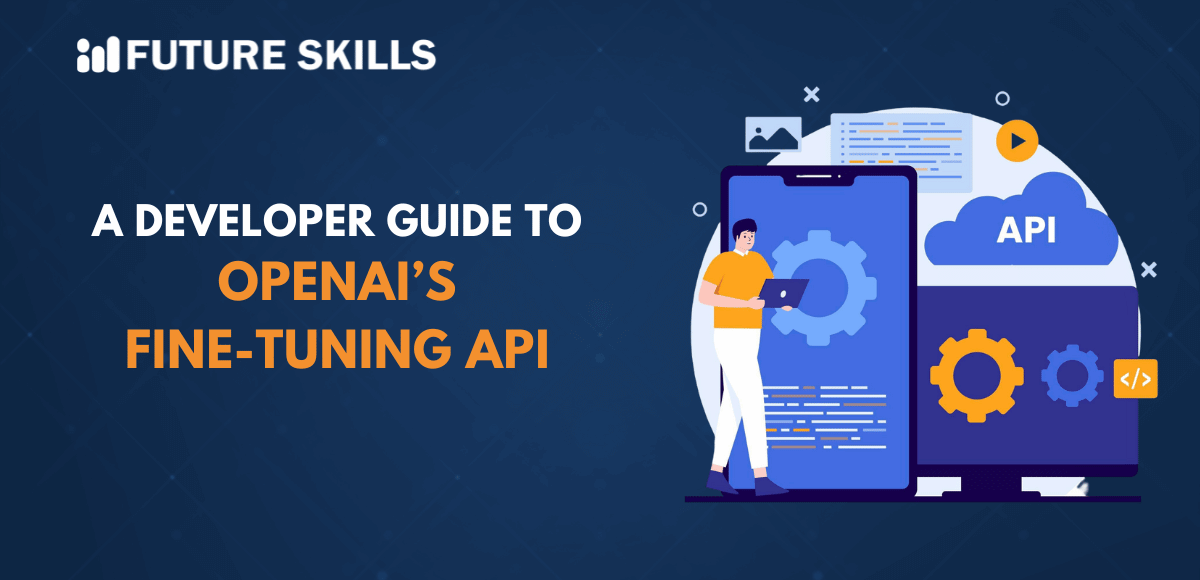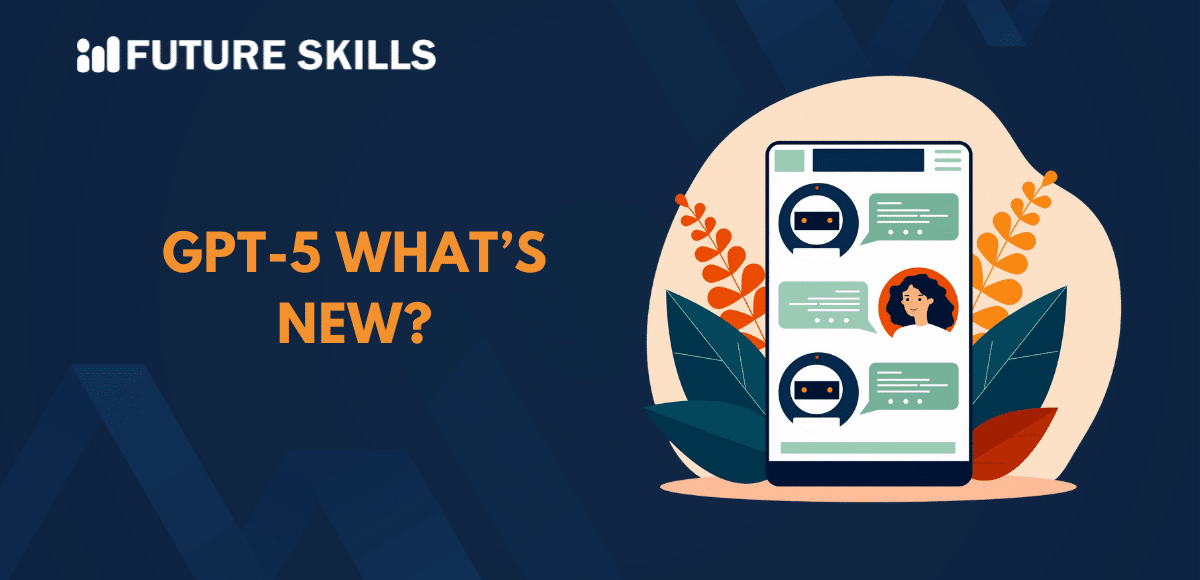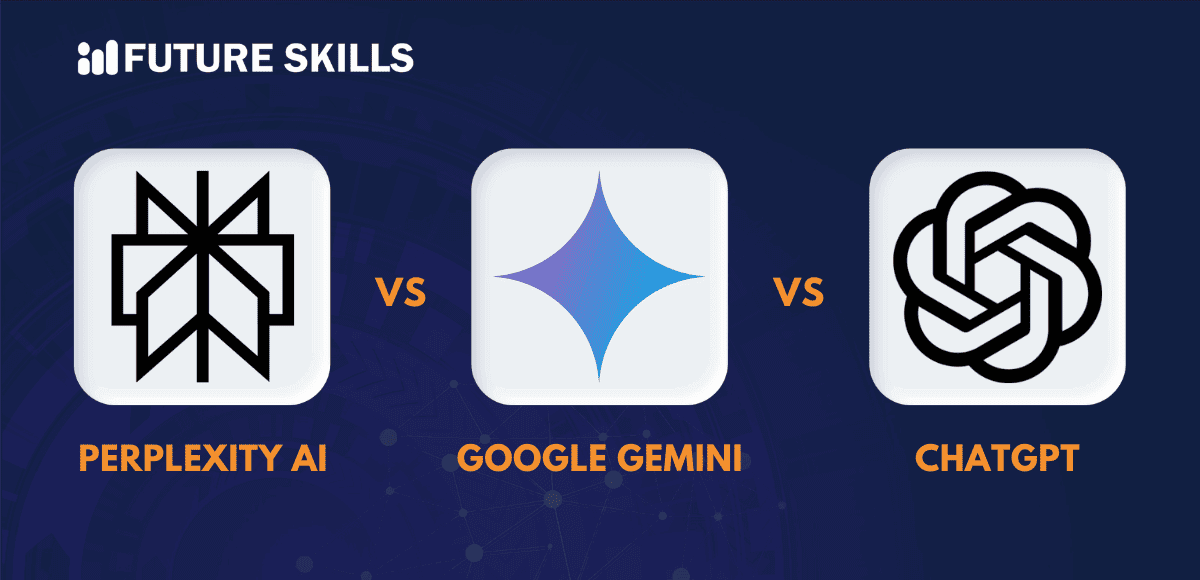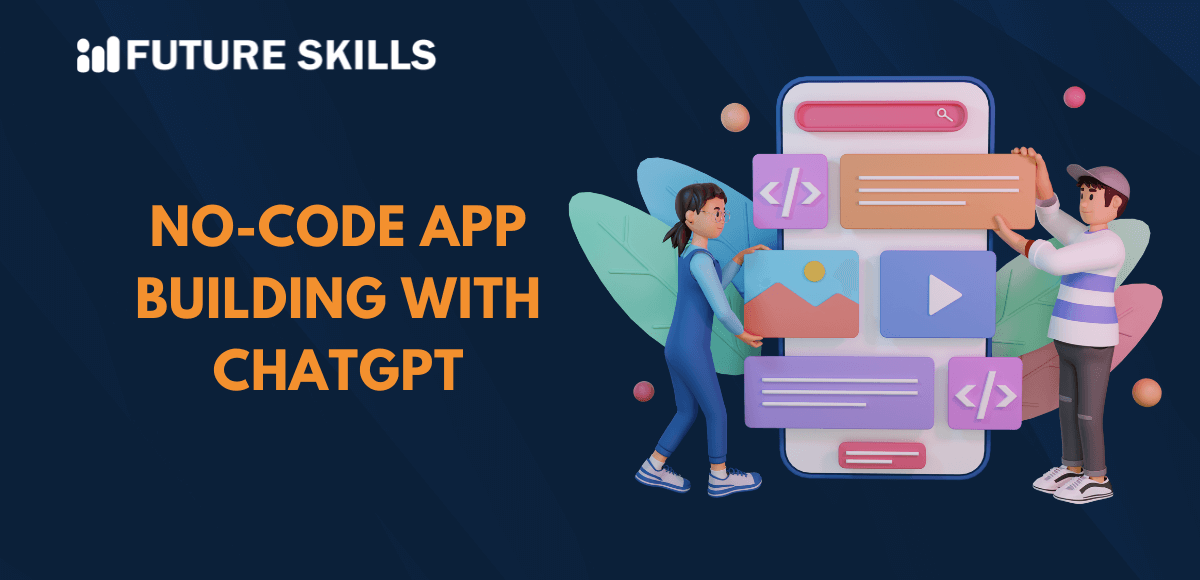Today, OpenAI’s Fine-Tuning API has rapidly become a must-have tool for developers in 2025. In fact, it has captured the attention of one and all. Instead of merely relying on prompt engineering, one can now fine-tune ChatGPT, GPT-4o, and GPT-4.1 for the purpose of meeting their unique needs. It basically allows developers to customize pre-trained language models successfully for particular tasks and activities.
The API supports both text and vision fine-tuning, along with the rollout of reinforcement fine-tuning, thereby giving developers more control than ever over how AI models respond. Fine-tuning API for developers acts as a perfect tool in the AI realm. Let’s explore the capabilities of the API in the OpenAI fine-tuning API tutorial.
Become a certified ChatGPT expert and learn how to utilize the potential of ChatGPT that will open new career paths for you. Enroll in Certified ChatGPT Professional (CCGP)™ Certification.
OpenAI Models That You can Fine-Tune
The good news for developers is that OpenAI allows the fine-tuning of several of its latest models. As a result, developers have an option to use custom databases and tailor the models for their distinctive purposes.
Before identifying the OpenAI Models that you can fine-tune, you need to have clarity into fine-tuning. Fine-tuning fundamentally involves the provision of domain-specific and high-quality data in a JSONL format for improving the performance of the model relating to specialized tasks. The purpose is to ensure that the model can generate more precise and relevant responses. The specific OpenAI Models that you can fine-tune are:
-
GPT-4o
GPT-4o is known as the flagship multimodal model of OpenAI. It is capable of handling text and other kinds of formats like images, audio, and video. It is capable of delivering top-tier reasoning while maintaining efficiency as compared to the earlier GPT-4o models.
You can fine-tune GPT-4o and align it with domain-specific data or tasks that may require visual and text understanding. Some of the common OpenAI fine-tuning examples involving GPT-4o are enterprise knowledge assistants as well as financial document analysis.
-
GPT-4.1
GPT-4.1 is a popular OpenAI model that has been designed for deep reasoning as well as problem-solving. It is more consistent in nature when it comes to multi-step tasks as compared to GPT-4o.
As a developer, you can fine-tune the OpenAI model if your application relies on structured workflows. Some of the common OpenAI fine-tuning examples involving the specific model include technical planning or generating financial reports. You can definitely consider fine-tuning the model for varying use cases like research tools and workflow automation.
-
GPT-3.5
GPT-3.5 is certainly among the most popular OpenAI models among developers. It is considered to be a favorite among developers owing to its low latency as well as lower cost. In fact, it is widely used when speed and affordability matter the most for developers.
Developers may prefer to fine-tune GPT-3.5 since it can drastically reduce the length of the prompt. Moreover, through fine-tuning, it is possible to ensure that the outputs are more consistent in nature for high-volume use cases. Some of the ideal use cases include customer service chat and product recommendations.
-
O-Series Variants
OpenAI has introduced a number of smaller o-series models that have been derived from GPT-4o. These models play a key role in balancing performance as well as efficiency. Furthermore, they are optimized for tasks where GPT-4o may be overkill.
Developers may focus on fine-tuning ChatGPT or any other models since the practice allows scaling of applications in a cost-effective manner. Moreover, you do not have to worry about the accuracy and precision aspects in domain-specific contexts.
Level up your ChatGPT skills and kickstart your journey towards superhuman capabilities with Free ChatGPT and AI Fundamental Course.
New Capabilities in OpenAI Fine-Tuning API
The OpenAI fine-tuning API tutorial throws light on the new capabilities that developers can enjoy thanks to the API. The best part is that the new capabilities go beyond text-only fine-tuning. The enhancements make it possible to train OpenAI models that handle modalities like vision, offer custom behavior through reinforcement, and curb latency and costs. They even have the potential to improve the overall control over training workflows. While exploring the fine-tuning API for developers, you need to be accustomed to the new capabilities:
-
Vision Fine-Tuning
Developers now have the option to fine-tune GPT-4o by using both images and text. Thus, it enables stronger visual understanding. This is because it is no longer limited to just text datasets.
As a developer, you can prepare datasets by combining images and text in JSONL format. It may come as a surprise to you that as few as 100 images in addition to text examples can improve performance on vision tasks. Moreover, larger datasets have the potential to provide further gains to developers.
-
Reinforcement Fine-Tuning
Reinforcement Fine-Tuning or RFT refers to a newer model customization mechanism. It basically allows developers to reinforce the behavior of a model by using graded feedback. This approach relies on the trial-and-error method for reinforcing correct lines of thinking for particular tasks and operations.
Thus, developers can provide tasks along with grader logic or reference answers so that the model can improve its reasoning capability over recurring tasks instead of relying on only supervised learning.
-
Other Capabilities of Fine-Tuning API
New capabilities involve other capabilities such as Realtime API and Prompt Caching. In order to learn the Fine-Tuning API, you must acquaint yourself with these additional capabilities. The capability relating to the Realtime API offers low-latency and multimodal experiences. It is useful for diverse use cases such as voice assistants, where fluidity and speed matter the most.
Prompt Caching is another capability that can optimize cost as well as & latency when you reuse identical input prompts. This is because reusing context means the processing of fewer tokens.
Start your AI journey with our trusted AI for Everyone Free Course and build your AI skills to land a dream job in the AI industry. Enroll now!
Best Practices to Leverage OpenAI Fine-Tuning API
The OpenAI fine-tuning API tutorial gives an insight into some of the best practices. With the best practices, fine-tuning can certainly generate powerful results for developers. Some of the best practices that you must keep in mind while you learn Fine-Tuning API include:
-
Using the Right Model
The basic step for a developer is to use the right OpenAI model. This step is a must if you are thinking of fine-tuning ChatGPT or any other model.
-
Building a High-Quality Dataset
Another thing to bear in mind is to use datasets that are diverse, clear, and representative of the actual use cases. You need to avoid using conflicting examples.
-
Cleaning Data
Before you upload the data, make sure that it is clean. It is a crucial step that can enhance data quality along with its stability.
Understand how language models work and their capabilities to solve real-world problems with Mastering Generative AI with LLMs Course
Final Words
OpenAI’s Fine-Tuning API is revolutionizing how developers today build and deploy AI applications. You need to leverage the API to the fullest by learning about its new capabilities and trying them out in a real-world setting. In order to make its optimum use, it is a must for developers to have comprehensive insight into the Fine-Tuning API of OpenAI. The insight into the specific API can empower you to utilize the fine-tuning capabilities to meet your exact needs.
As a developer, you must use OpenAI Fine-tuning AI to have more control and flexibility over applications than ever. The best practices can certainly guide you to optimally capitalize on the API and develop applications in an efficient manner.






